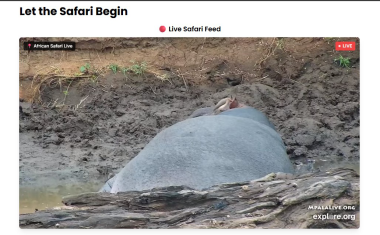Compact x-ray laser begins to shine
National Science Foundation awards 90.8 million dollars to Arizona State University to advance x-ray science.
The NSF award will support a five-year project to build the world’s first compact x-ray free electron laser, or CXFEL. This one-of-a-kind, room-sized x-ray laser instrument will fill a critical need for researchers to explore the intricacies of complex matter at atomic length and ultrafast time. The CXFEL will allow scientists to observe biology’s molecular processes in detail – processes that are important for understanding human health and developing new medicines and drugs. It will also help investigators advance renewable energy research, quantum technologies, and semiconductor research and manufacturing.



Completing the compact x-ray light source CXLS is the first phase of a larger CXFEL project, which aims to build two instruments including a coherent X-ray laser. As the first-stage instrument, the ASU CXLS generates a high-flux beam of hard X‑rays, with wavelengths short enough to resolve the atomic structure of complex molecules. Moreover, its output is pulsed at extremely short durations of a few hundred femtoseconds and thus short enough to directly track the motions of atoms.
Such capabilities have so far only been available at large x-ray free-electron laser (XFEL) facilities, whose number has been limited to only a handful of sites worldwide due to their size and billion-dollar level construction costs. Here, the ASU device provides a uniquely compact facility for ultrashort x-rays that fits into the size of a basement, making leading-edge x-ray science accessible to a university campus.
To make its first x-rays on February 2, 2023, the CXLS instrument was powered up to deliver around 4 keV photon energy. The first step takes place in the photoinjector of the light source. There, UV laser pulses are applied to a copper surface at a rate of 1 kHz, each releasing a bunch of electrons into vacuum which are then accelerated in a strong electric field. Next, the electron bunches are driven by a linear accelerator to nearly the speed of light and travel through a series of magnets that guide and focus the beam into an interaction chamber.

In the final step, an infrared laser is shot nearly head-on into the path of the oncoming electrons. This results in the emission of powerful x-rays, in a process known as inverse Compton scattering, where the laser is key to the compact facility size. Strong magnetic fields shepherd the electrons into a capture sink. The emitted x-rays are sent downstream to interact with the sample of interest, such as proteins or other molecules. For the first x-ray demonstration, this step was omitted.
Among the scientists eager to embark on the first experiments is ASU’s Petra Fromme, a leading expert at understanding how life’s processes work at the molecular level. Fromme, along with her late ASU colleague John Spence and with Henry Chapman at the German DESY electron synchrotron center in Hamburg, co-developed the core methods of serial femtosecond crystallography used at today’s big XFELs worldwide.
“It was clear from the beginning this would be the first instrument of its kind in the world,” Fromme said. “Without [ASU] president Crow’s huge commitment to the Biodesign C building and initial funding of nine million dollars, we would never have gotten the program off the ground. And then, on a plane, I met (the late) Leo Beus without knowing who he was. He and his wife, Annette, made a ten million dollar donation for CXFEL Labs.”
In addition to the $90M NSF grant, the university is investing approximately $80M for the instrument, related infrastructure, facilities and support. The $170M “will place ASU in a new era of science,” Crow said.
most read

SPS 2025: Cautious optimism in automation
A picture of the mood of the German economy

There’s a Large Hippo Resting in the Mud
Virtual Video Safaris for Blind and Visually Impaired People







